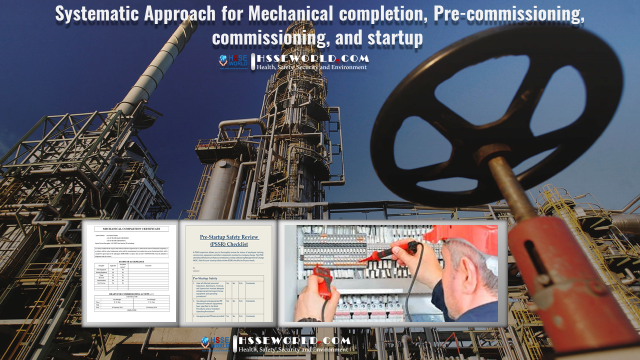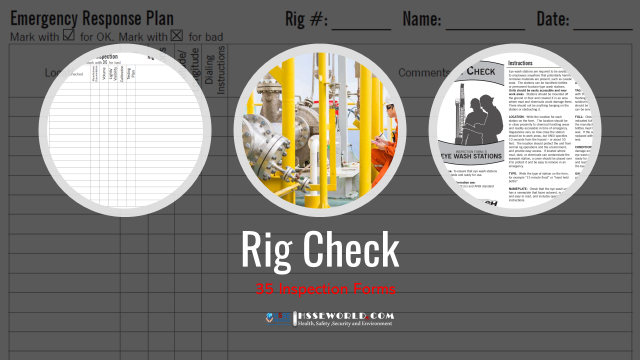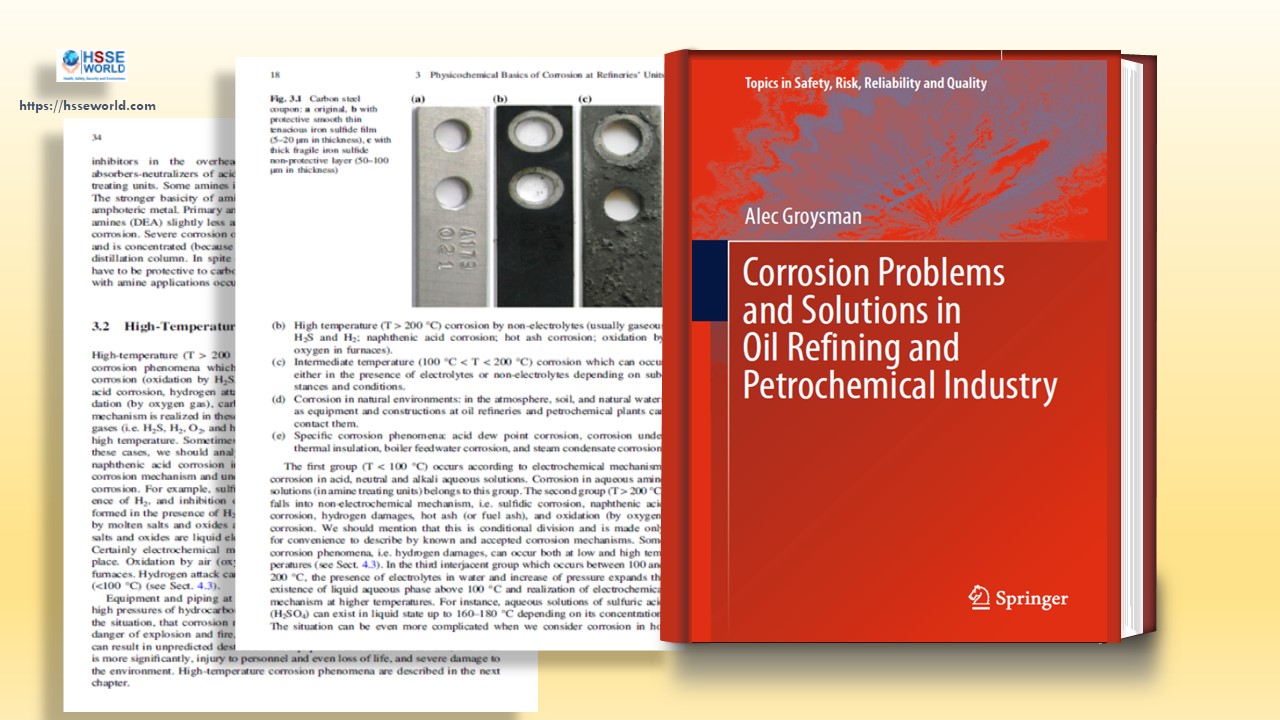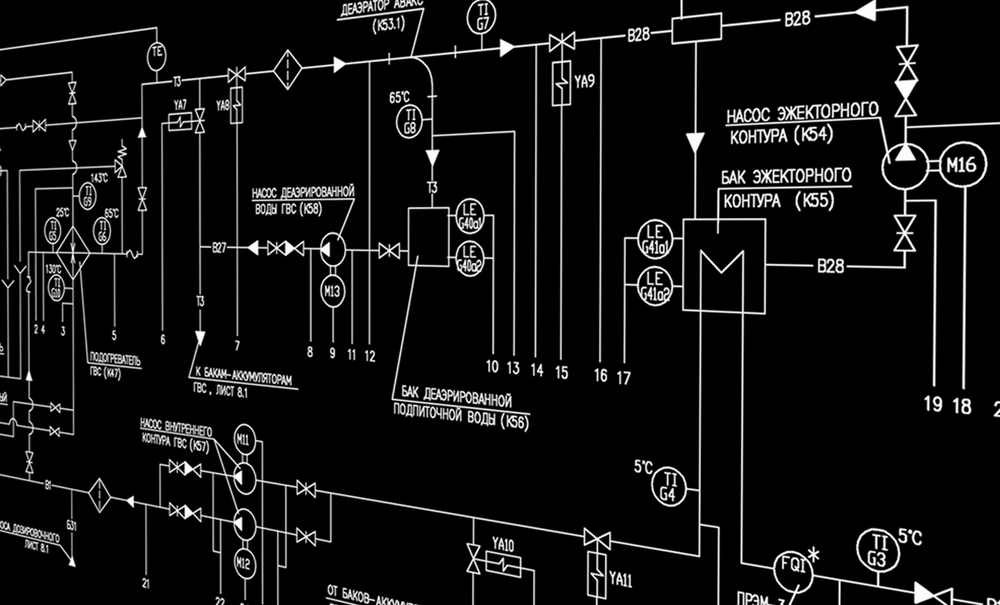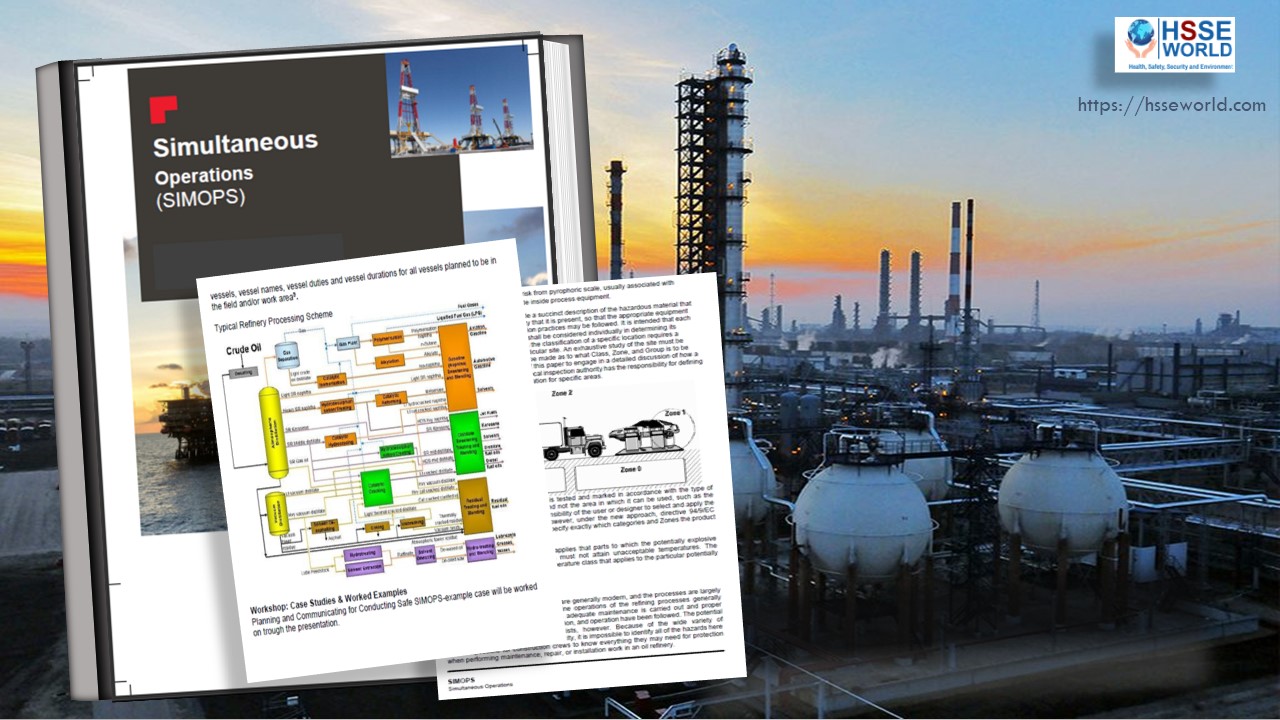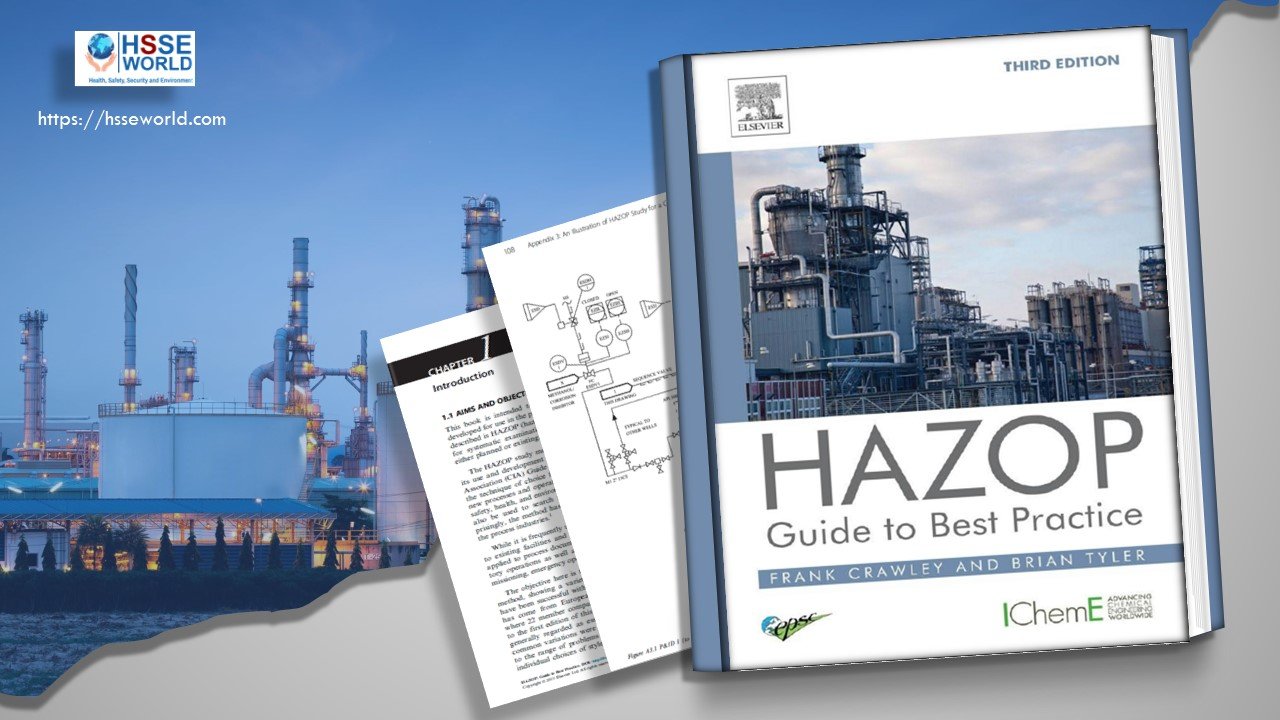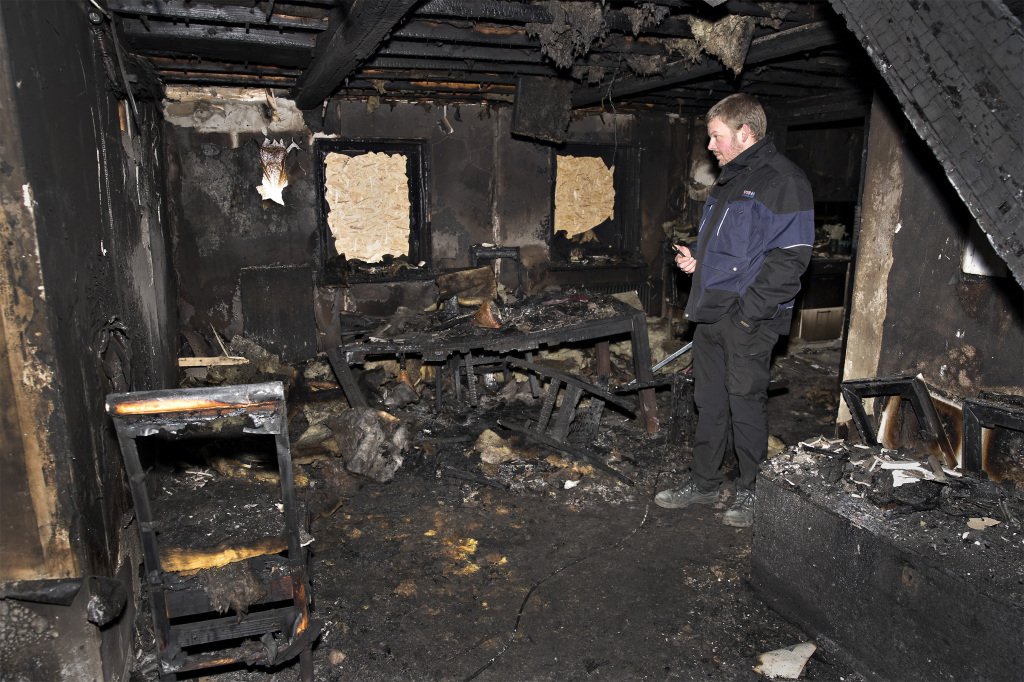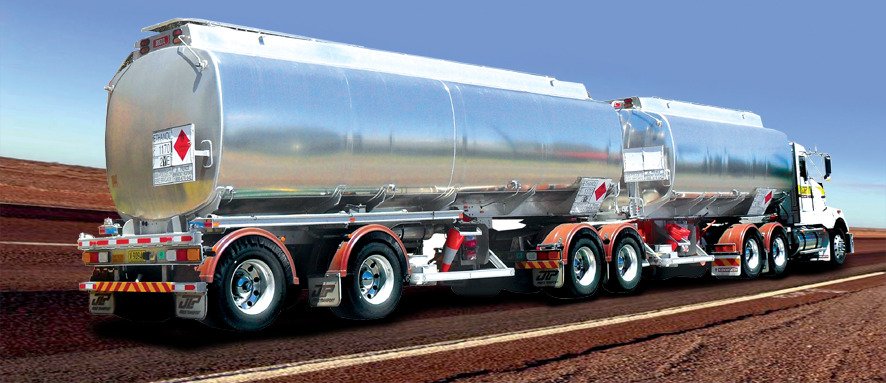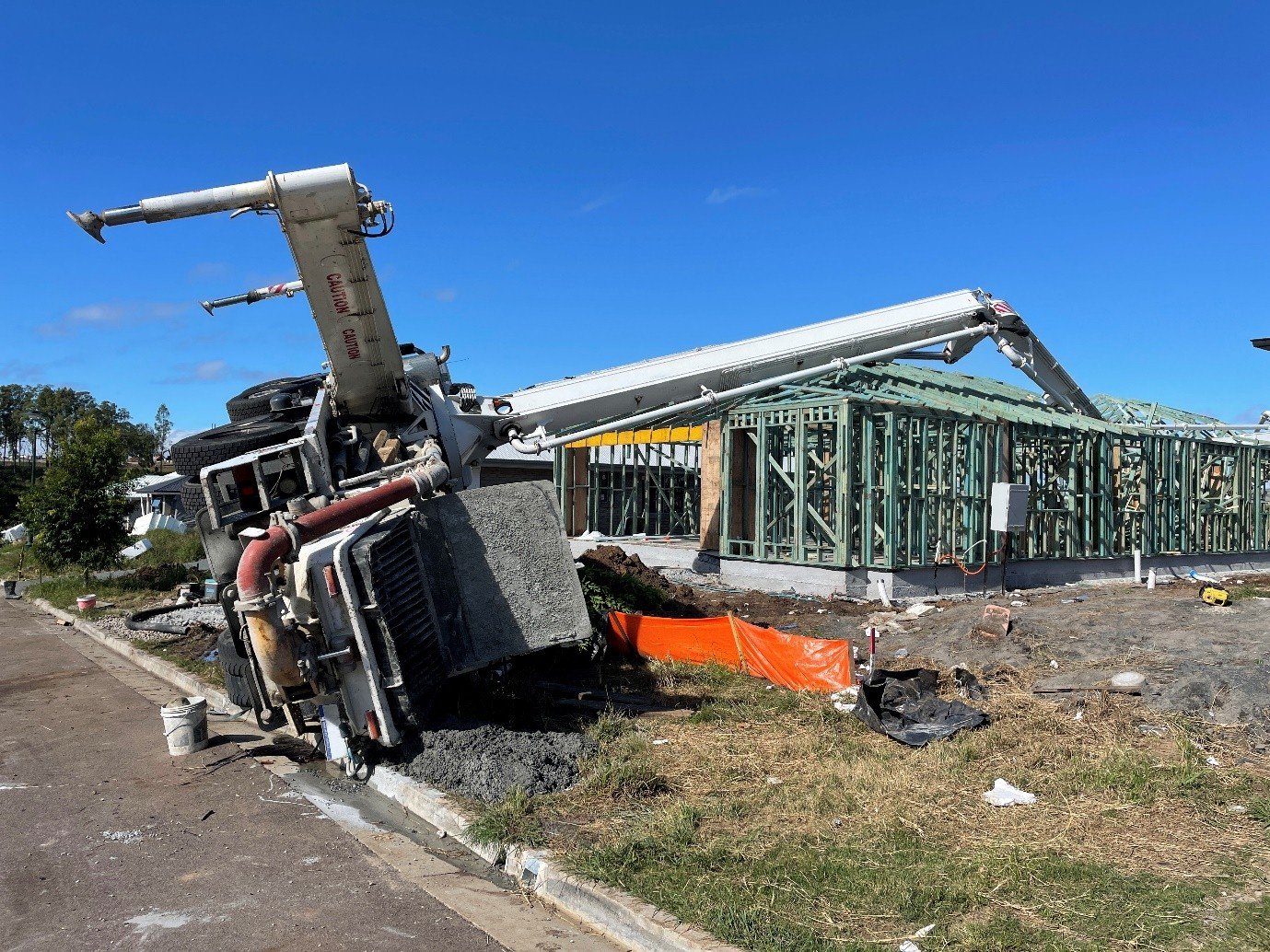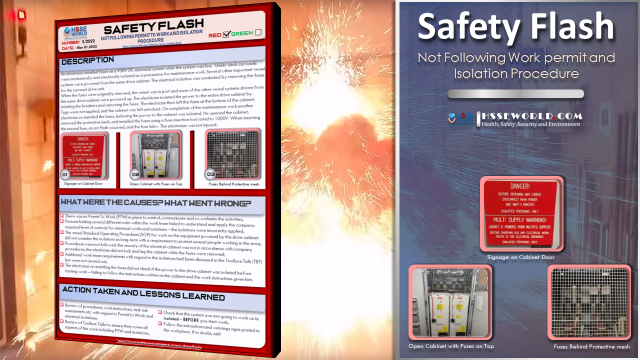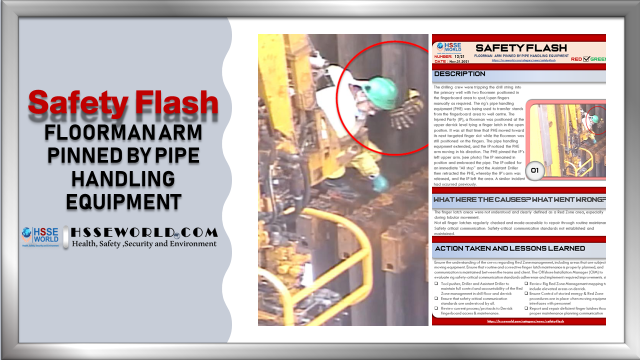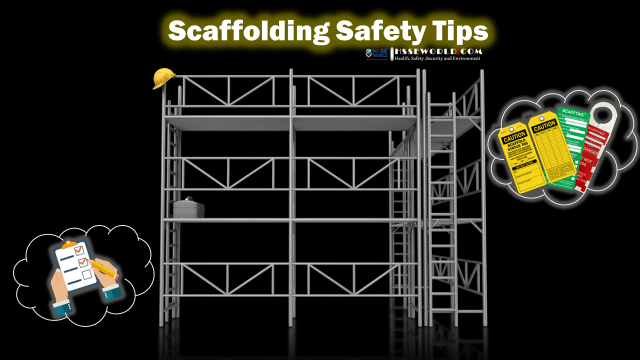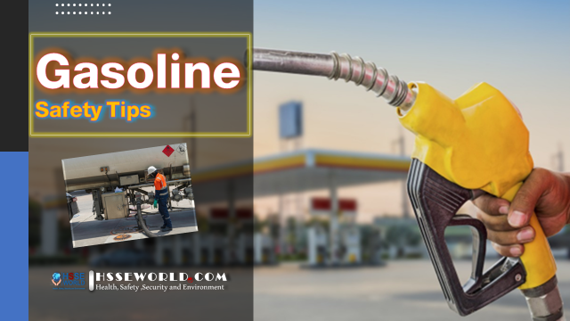Systematic Approach for Safe Mechanical Completion, Pre-commissioning, Commissioning, and Startup
After the Mechanical Completion phase of any new Facility, as oil and Gas plan another new phase started which is commissioning and commissioning ending by startup. Pre-Commissioning and commissioning are two very important and distinct stages of the commissioning process….
35 Inspection forms for Rig Check
Rig Check was developed by the National Institute for Occupational Safety and Health (NIOSH) in partnership with safety experts from the oil and gas extraction industry. It is made up of 35 inspection forms. The forms are designed to be…
E-Books: The Safety-Critical Systems Handbook 4th edition
The Safety-Critical Systems Handbook 4th edition is a Straightforward Guide to Functional Safety_ IEC 61508 (2010 Edition), IEC 61511 (2015 Edition) and Related Guidance Including Machinery and other industrial sectors Functional safety engineering involves identifying specific hazardous failures which lead…
E-Books: Topics in Safety, Risk, Reliability, and Quality
Topics in Safety, Risk, Reliability, and Quality book for Corrosion Problems and Solutions in Oil Refining and Petrochemical Industry start a journey into the amazing world of crude oil, fuels, and corrosion problems and solutions at oil refineries and petrochemical…
Process Safety and Instrumentation control system
Instrumentation safety may be broadly divided into two categories: how instruments themselves may pose a safety hazard (electrical signals possibly igniting hazardous atmospheres), and how Process Safety and Instrumentation and control systems may be configured to detect unsafe process conditions and automatically shut…
E-Books: Simultaneous Operations SIMOPS Training Material
Any industry works with concurrent or simultaneous operations. The hazards associated with the simultaneous operations or SIMOPS as they call increase as the companies or contractors working on them do not have the same goals, operational or health, and safety…
E-Books: HAZOP-Guide to Best Practice Third Edition
This book is intended to provide guidance on a specific technique developed for use in the process and chemical industries. The technique described is HAZOP (hazard and operability) study, a detailed method for systematic examination of a well-defined process or…
E-Books: Health, Safety, and Environmental Management in Offshore and Petroleum Engineering
The regulations of risks to health, safety, and environmental management that arise from the exploration and production work in the oil and gas industries are gaining more attention in the recent past. There is a growing necessity to maintain good…
What are pyrophoric materials and what are their hazards?
Three recent explosions involved pyrophoric materials in storage tanks. The following incidents occurred when pyrophoric materials on the insides of the tank walls ignited when exposed to oxygen in the air: During a rig-out operation, grounded vacuum trucks were pumping…
E-Books: Handbook of Petrochemical Processes
This book contains information obtained from authentic and highly regarded sources. Reasonable efforts have been made to publish reliable data and information, but the author and publisher cannot assume responsibility for the validity of all materials or the consequences of…
Understanding High Integrity Pressure Protection Systems (HIPPS)
No chemical process facility is immune to the risk of over-pressure to avoid dictating the necessity for over-pressure protection. For every situation that demands safe containment of process gas, it becomes an obligation for engineers to equally provide pressure-relieving and…
Procedures of Lockout/Tagout at Chemical Plants
[vc_row][vc_column][vc_column_text]Lockout/tagout (LOTO) is a safety protocol that establishes minimum requirements for identifying and blocking hazardous energy during the maintenance or servicing of industrial equipment or systems. A lockout device is applied to physically prevent the transmission of energy. A tag or label is then…
Hydrogen Sulfide New Regulations
[vc_row][vc_column][vc_column_text] Hydrogen sulfide (H2S) regulations have gotten an overhaul for 2017. These regulatory changes are a top priority that need to be addressed in order to keep workers safe.If your business strives for excellence in safety, these are policies that belong…
Oil & extraction: hazards, controls & resources -Safety Moment#22
[vc_row][vc_column][vc_column_text]According to Bureau of Labor Statistics (BLS) data, in 2016 there are currently between 150,000 and 160,000 people employed in oil & gas extraction in the United States. The most common careers in the energy & oil industry include geoscientists; petroleum engineers;…
Why Poor Shift Handover Can Lead to Serious Oil & Gas Incidents
[vc_row][vc_column][vc_column_text]Effective communication during a shift handover provides a strong layer of protection in preventing major incidents.In the oil & gas industry, hazards are inevitable and if they are not identified properly, they may lead to regrettable situations such as disasters….
NIOSH publishes fact sheet on fatigued driving in oil and gas industry
[vc_row][vc_column][vc_column_text]For oil and gas workers, fatigue caused by a combination of long work hours and lengthy commutes can contribute to motor vehicle crashes – the leading cause of death in the industry – a new fact sheet from NIOSH states.[/vc_column_text][/vc_column][/vc_row][vc_row xt_row_type=”in-container” xt_border_top=”0″…
20 Best practices from the oil & gas industry
[vc_row][vc_column][vc_column_text]It’s an understatement to say in the past few years the oil and gas industry – both “upstream” in exploration and drilling operations, and “downstream” in refining processes – has gone through formidable safety challenges and traumatic safety-related incidents. Today,…

